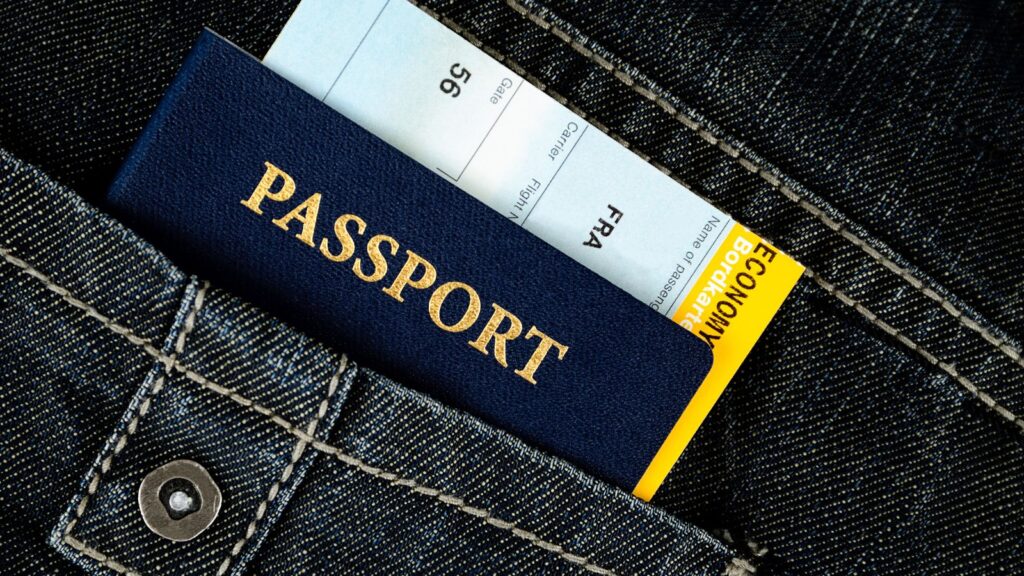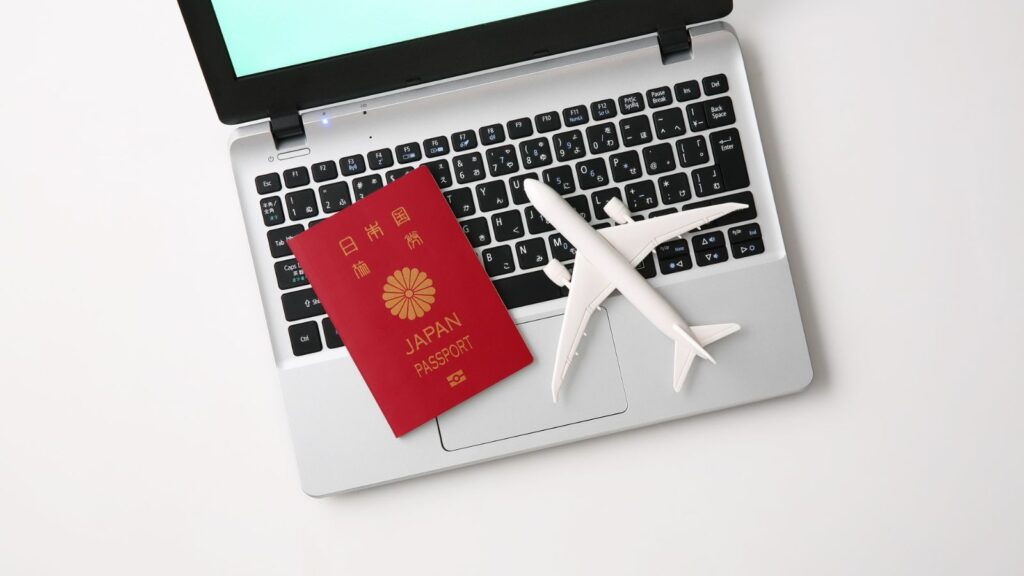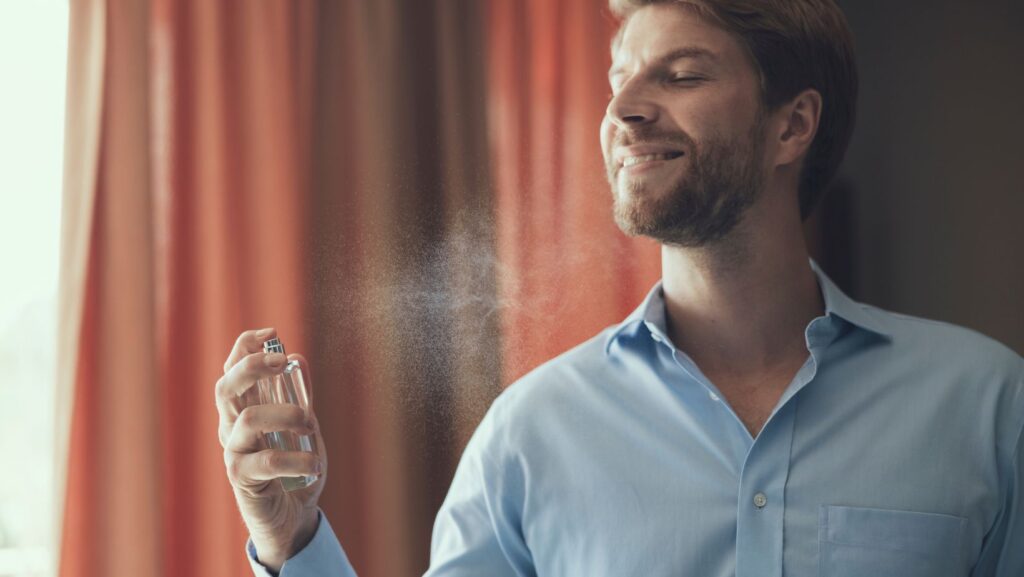When applying for a visa, most people focus on filling out forms, collecting documents, or scheduling interviews. But one of the smallest details — your visa photo — can make or break the process. Immigration offices are strict when it comes to photo requirements, and a simple mistake could lead to delays or even rejection of your application. The good news is that with the right preparation, getting the perfect visa photo is easy.
Why Visa Photos Matter
Visa photos aren’t just about identification. They are part of international security standards. Consistency in size, lighting, and background ensures that officials can quickly verify applicants and feed images into biometric systems. A poorly taken photo can raise red flags, so it’s worth taking the time to get it right.
Standard Requirements
Although each country may have slightly different rules, most visa photo guidelines are surprisingly similar. Here are the basics you’ll encounter almost everywhere:
- Size: Usually 2×2 inches (51×51 mm) or 35×45 mm depending on the country.
- Background: Plain, light-colored (most often white). No patterns, shadows, or objects.
- Expression: Neutral face, mouth closed, eyes open, no exaggerated smiling.
- Head Position: Facing straight forward, with the full face visible.
- Attire: Everyday clothing. Uniforms, costumes, or overly flashy accessories are not accepted.
- Head Coverings: Allowed only for religious or medical reasons, but your face must remain clearly visible.
Always check the exact photo guidelines of the country you’re applying to before taking your picture.
DIY vs. Professional Photography
One big question many applicants have is: should I take my own photo or pay for professional help?

- DIY Photos: With today’s smartphones and online photo tools, it’s possible to take a compliant visa photo at home. You’ll need good lighting, a plain wall for a background, and someone to help capture the shot at the right angle. Online cropping tools can then resize it to the proper dimensions.
- Professional Studios: A safer option, especially if you’re short on time. Photographers at passport/visa photo centers know the requirements by heart and can provide a print or digital copy immediately. While slightly more expensive, this reduces the risk of rejection.
Tips for the Perfect Visa Photo
- Use Natural Light – Stand facing a window so your face is evenly lit without harsh shadows.
- Keep It Simple – Avoid makeup that drastically changes your appearance. Minimal is best.
- Remove Glasses – Many countries no longer accept photos with eyeglasses due to glare issues.
- Avoid Retouching – Don’t edit or filter your photo. Immigration systems may reject it if it looks altered.
- Mind the Background – A plain white wall works great. Don’t use patterned sheets or digital backgrounds that may look fake.
Common Mistakes That Lead to Rejection
- Wearing sunglasses or hats.
- Smiling too broadly or showing teeth.
- Using a photo that’s too old (most visas require a photo taken within the last 6 months).
- Cropping the head too close to the edges.
- Shadows behind the head or on the face.
A rejected photo means resubmission, which can cause stressful delays. Double-check everything before submitting.
Digital Submissions
Many visa applications now allow you to upload your photo online instead of printing it. Digital submissions have their own rules: resolution, file size, and format (usually JPEG). Be careful not to compress the photo too much, as blurry images can be rejected.
If you’re applying online, it’s best to run your photo through the country’s official photo-checking tool (many embassies provide one) before submitting.
Why a Good Visa Photo is Worth the Effort
Think of your visa photo as the first impression you give to immigration authorities. While it might seem like a tiny detail, it signals that you take the process seriously. A clear, compliant photo makes your application smoother and shows respect for the rules of the country you want to enter.
Final Thoughts
Getting the right visa photo doesn’t need to be stressful. Whether you take it yourself at home or go to a professional studio, following the guidelines carefully ensures your application won’t be delayed by something as small as a picture.
So, next time you prepare your visa documents, remember: a good photo isn’t just a requirement — it’s your ticket to getting approved faster.



